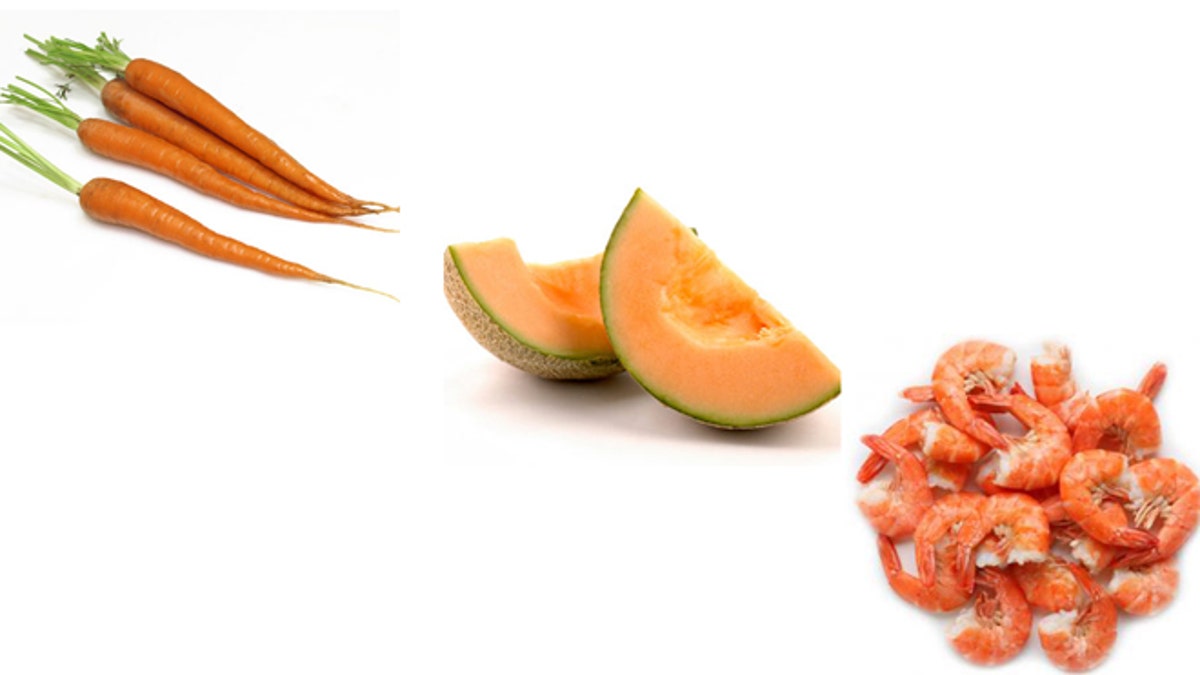
(iStock)
When sodium pops up in the news these days, the conversation most often focuses on where it hides (bread, milk, processed items) and how to avoid it (don’t eat these foods). This conversation holds essential information for those keeping a low-sodium diet, but with all the "cannot’s," "do not’s," and "should not’s," it is also a message that often leaves people feeling empty instead of full.
So as someone who has lived on a satisfying salt-free diet for almost a decade, I propose we talk about something a little more inspiring. Let’s focus less on the sodium restrictions, and instead, on the sodium opportunities.
Do you like beets, celery, or meat? Did you know they all contain sodium, too?
A single beet has 65 milligrams of sodium, celery has 50 milligrams of sodium per large stalk, and a chicken breast contains around 70 milligrams of sodium per serving, and the majority of whole foods contain some amount of sodium, too. The point isn’t to say that you should start avoiding the produce aisle and the butcher counter along with those foods that "hide" sodium, but instead, it’s that there’s a way to bring that "salty" taste back to your favorite dishes.
Here are eight high-sodium whole foods that will add depth and flavor to your cooking. These foods are natural in flavor, nutrition powerhouses, and they can boost and balance your meals. This list will pleasantly surprise you, and will show you that there is actually some sodium that you can enjoy.
It’s American Heart Month, and there’s no better way to love your heart than by watching your sodium intake. For more low-sodium tips and recipes, check out SodiumGirl.com and Sodium Girl’s Limitless Low-Sodium Cookbook.
BEETS
Red and gold and with around 65 milligrams of sodium per beet, these vibrant root vegetables may become your favorite salt substitute. Simply slice and bake them to make stand-in potato chips, blend them and add them to homemade vegetable juice for a fresh take on the classic Bloody Mary, or roast them and add them to salads or pasta sauces for a bright, earthy kick. And in sum: don’t fear the beet. Use it to your cooking advantage (just wear gloves).
CELERY and CARROTS
There is a very good reason that celery and carrots make up two-thirds of a mirepoix, otherwise known as the holy trinity of French stocks. With 50 milligrams of sodium in both a large stock of celery and a large carrot, these vegetables provide that familiar savory flavor in soups and stews, without several pinches of salt. They’re a great crunch and salty bite to tuna and chicken salads. Roasted, boiled, or raw, celery and carrots are great kitchen staples to have on hand. As for seasoning, look for salt-free celery seeds to boost the salty taste in everything from baked chicken to green beans to homemade mac and cheese.
MEAT
It’s common practice to save bones for soup and stocks, but when it comes to low-sodium cooking, don’t forget about the juices. Whether you are sautéing ground beef (75 milligrams per serving, raw) or cooking a lamb chop (around 65 milligrams per serving, raw), the leftover browned bits and meat oils can be recycled when cooking other ingredients. For example, instead of using oil or butter, sauté vegetables in a little bit of the cooked meat fat. Or, after slow-roasting chicken, remove the breasts and thighs from the Crock-Pot and add in beans or grains to soak up the meaty leftovers.
SPINACH and CHARD
Have you tasted sautéed spinach lately? When boiled without anything else, it packs 125 milligrams of sodium per cup and a powerful salty taste. And similarly, a cup of cooked Swiss chard contains more than 300 milligrams of sodium, providing another "salty" side dish. So when rounding out a meal, choose these greens to complement lower-sodium entrées. Use them in place of lettuce for a more surprising salad, or swap them in for basil to make a vitamin-rich and slightly "salty" pesto sauce.
See all 8 high-sodium foods that are OK to eat here
More from The Daily Meal
What Not to Cook Naked
How to Make Fortune Cookies at Home
10 Immune-Boosting Foods
How to Make an Auntie Anne's Pretzel at Home
